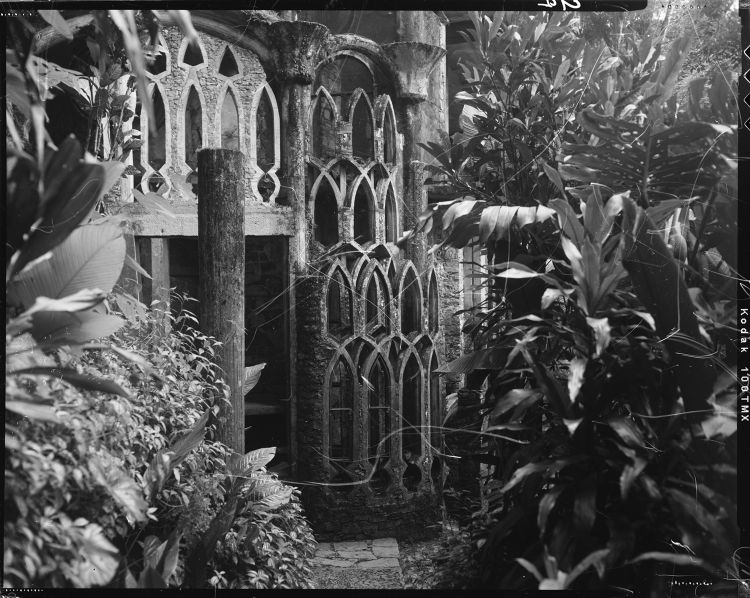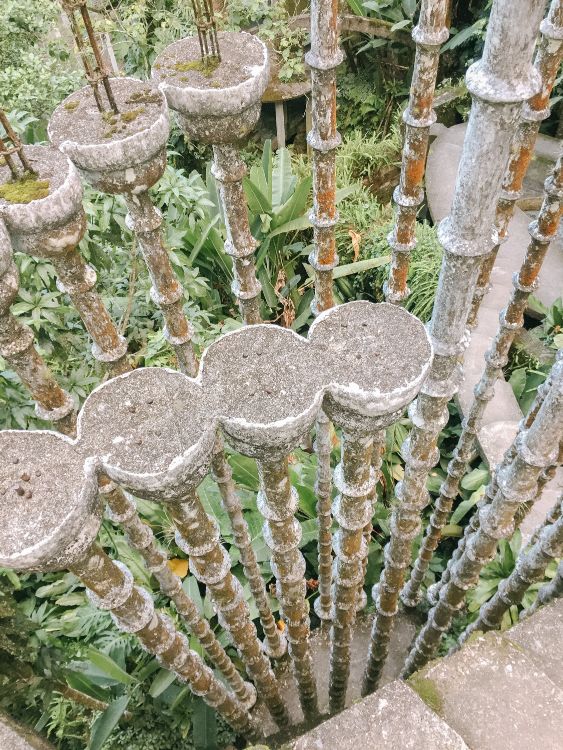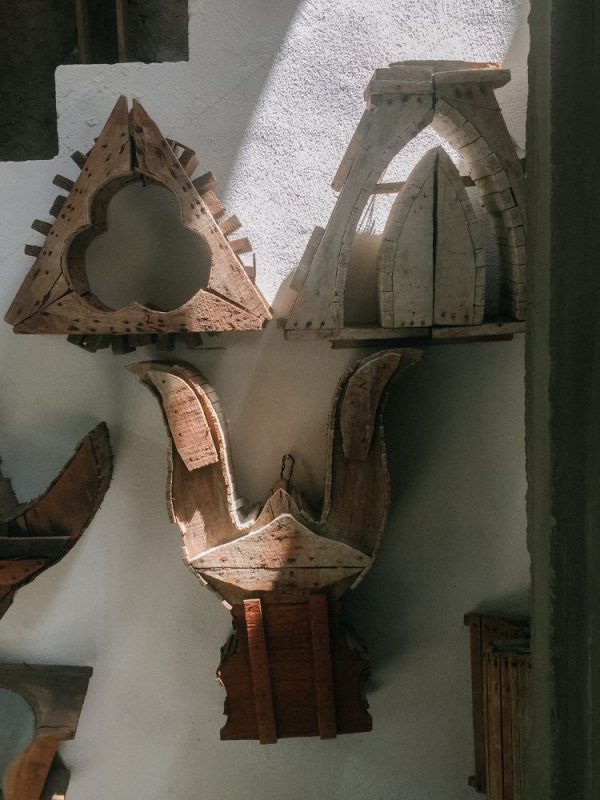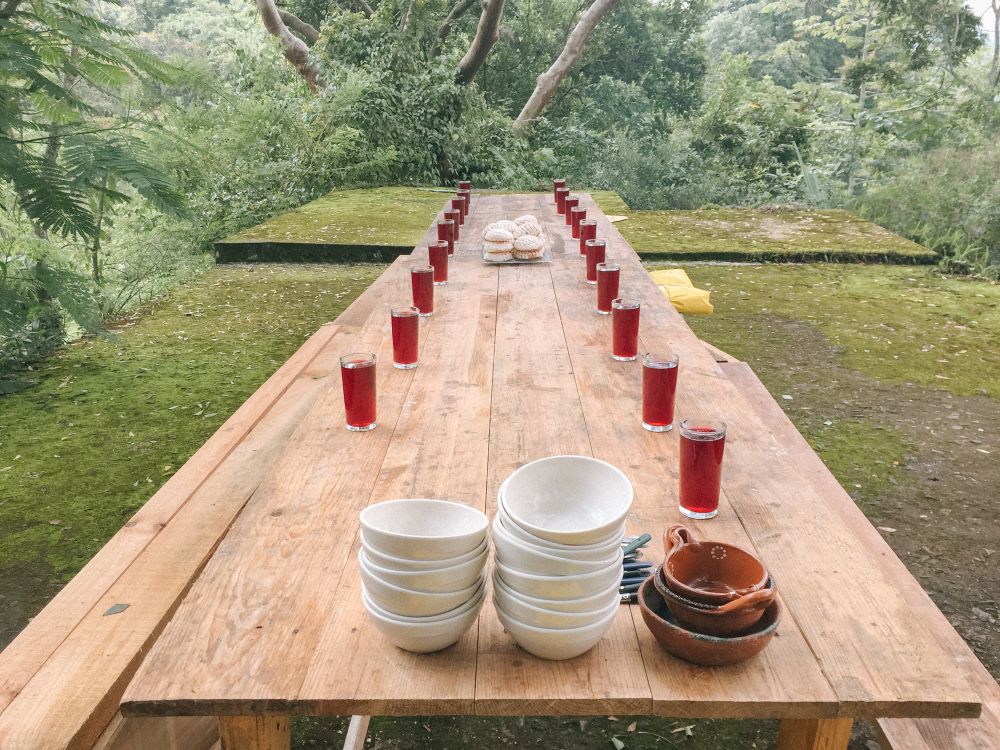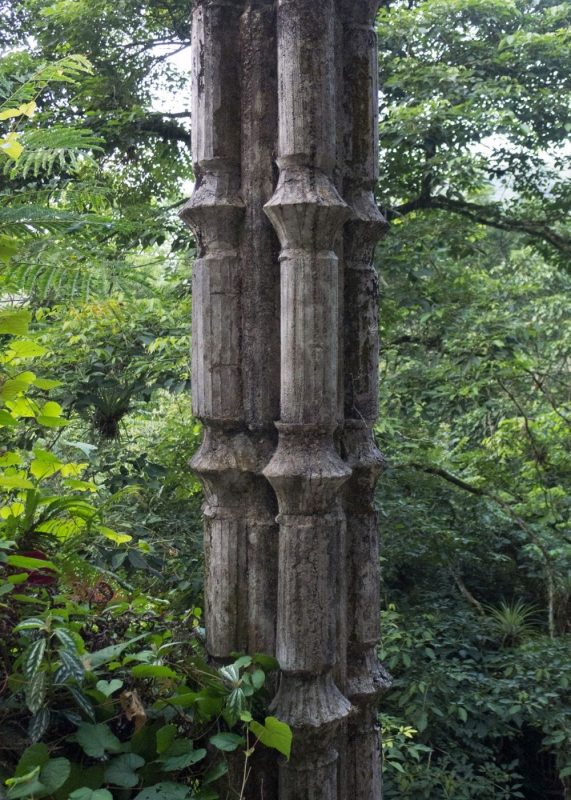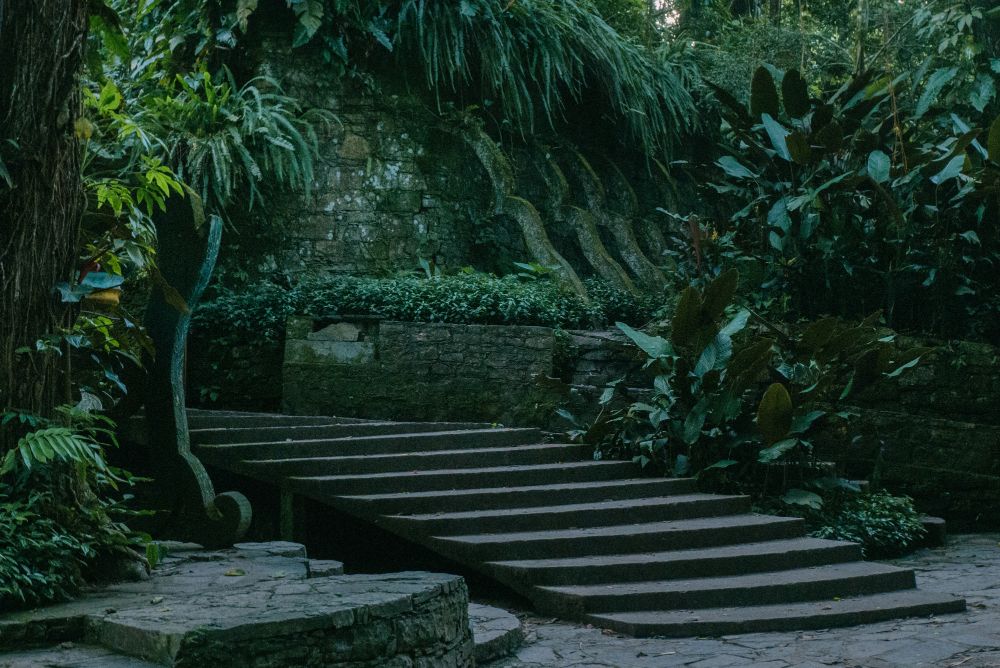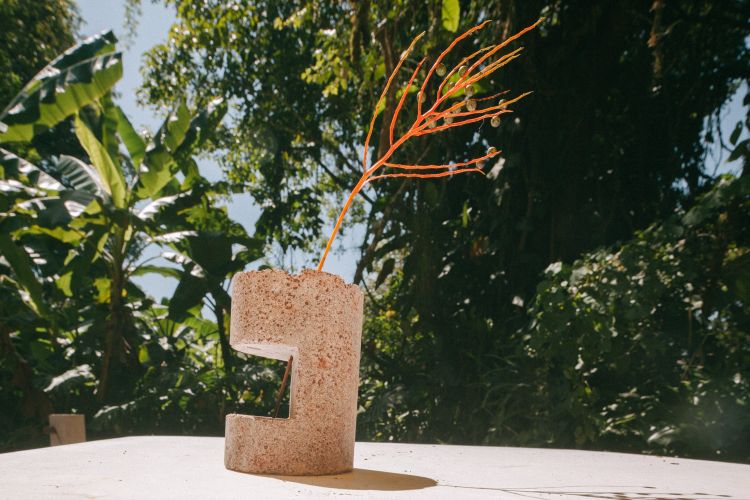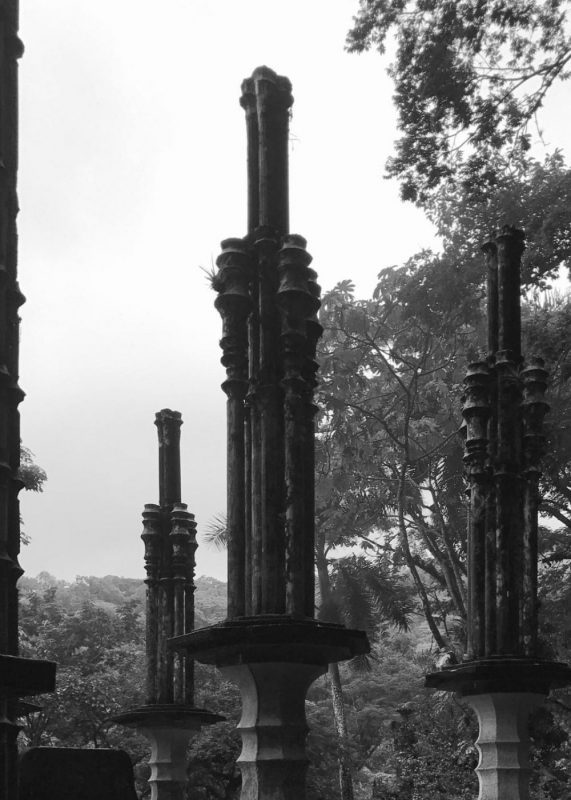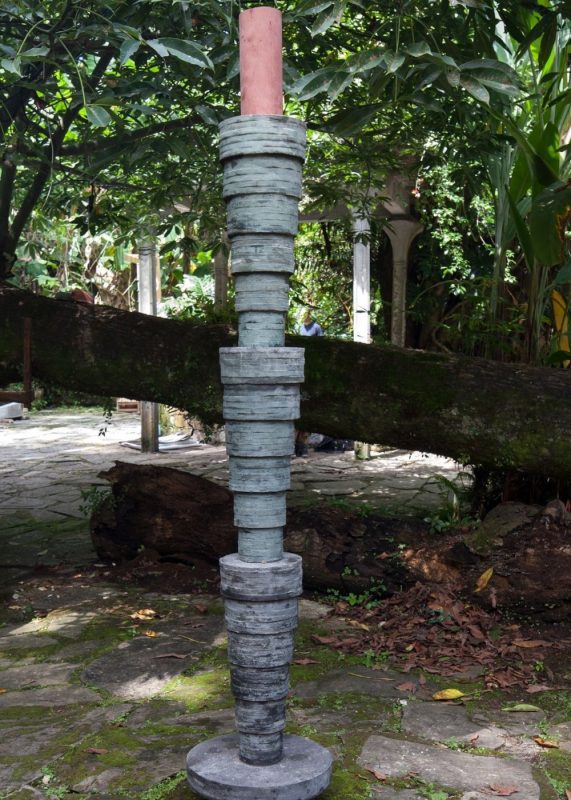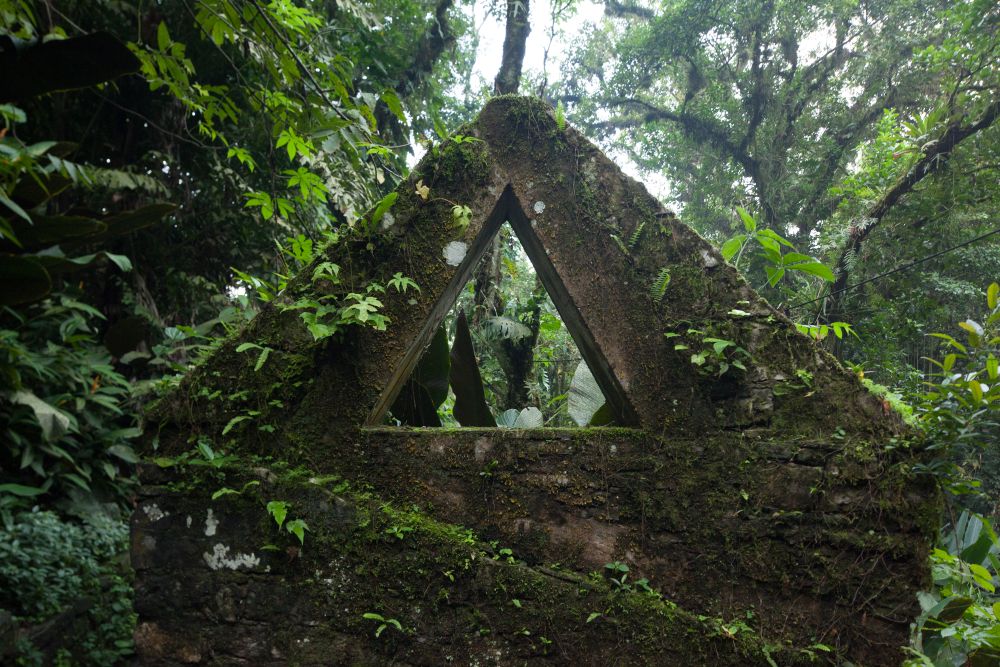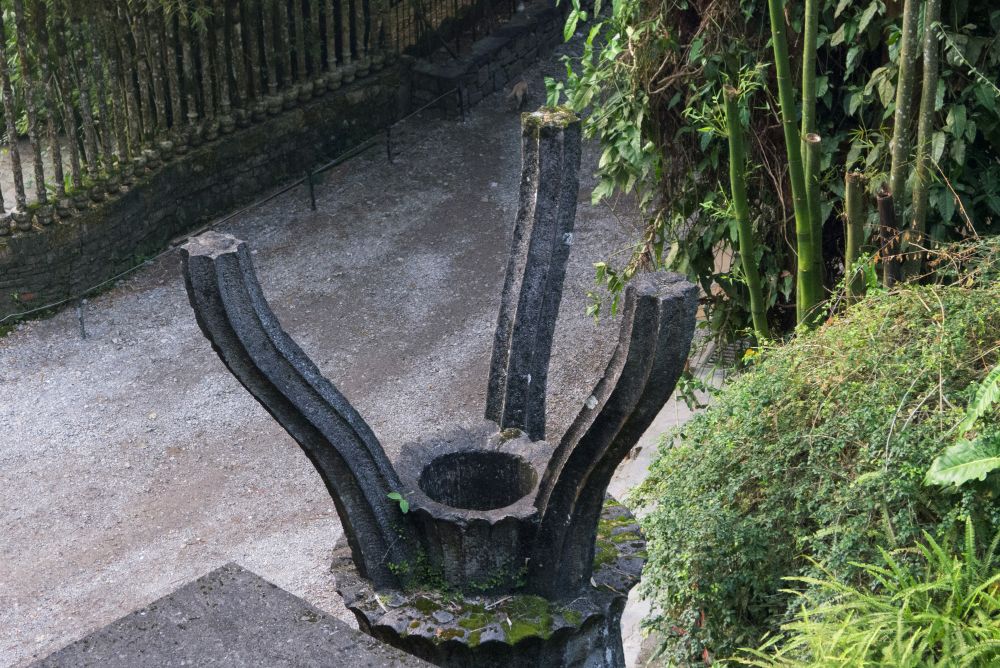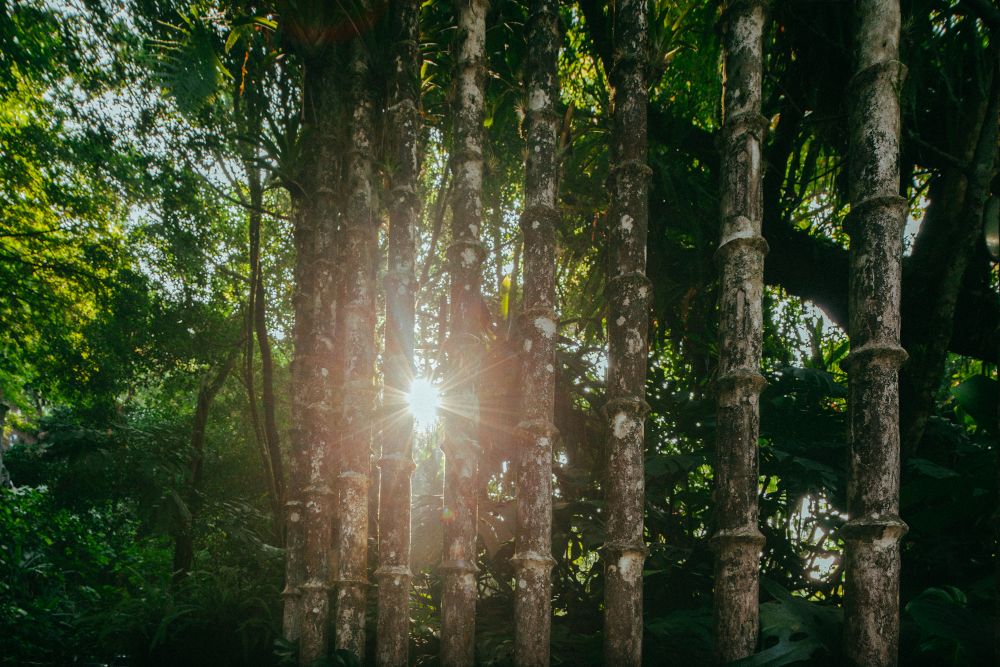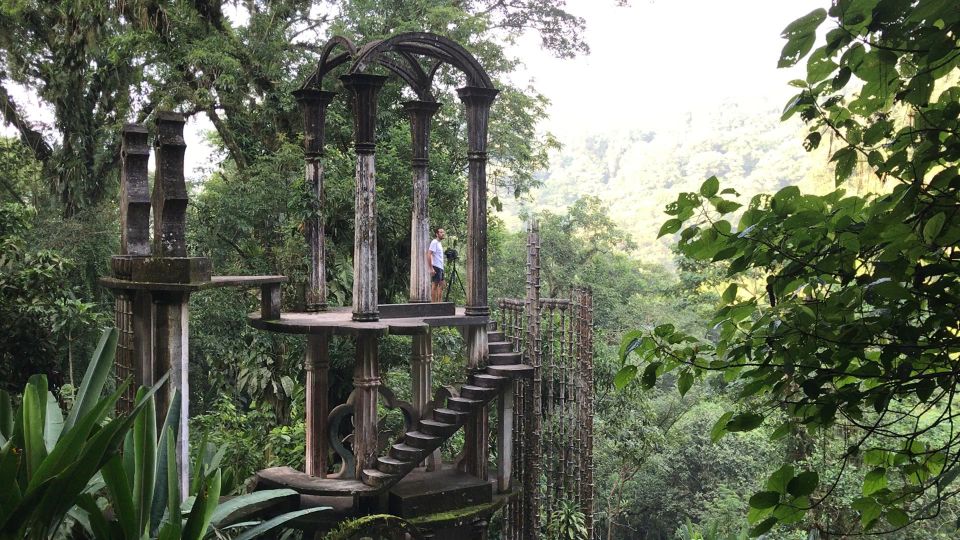
BEHIND THE LENS
LAS POZAS, MEXICO BY VICENTE MUÑOZ
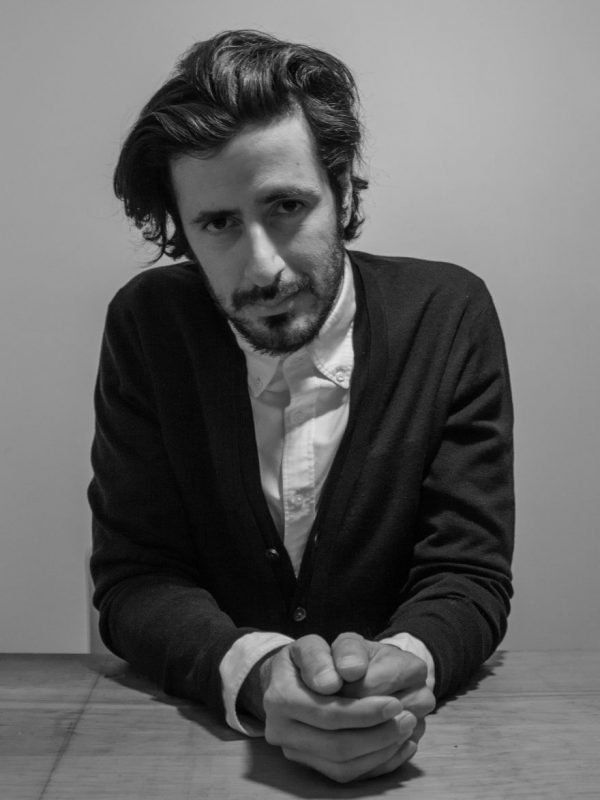
The Ecuadorian photographer Vicente Muñoz has traveled the world in pursuit of creative ways to apply his talent. Born in Guayaquil, he studied at Central St Martins in London, and later, moved to New York where he received his Master in Visual Arts, and eventually chose Brooklyn as his base.
Incorporating photography and sculpture into site interventions, Muñoz’s practice examines how spaces are conceived, inhabited and experienced. His sculptural photography uses light and surface to build or deconstruct architectural spaces through scale and abstraction, and has been recognized in publications such as Dezeen, Interview, Racquet Magazine, The New York Times and the The Wall Street Journal.
Among his travels, an artist’s residency in Xilitla, Mexico stands out as a once in a lifetime experience living and working in Las Pozas, the renowned surrealist work of Edward James.
Instagram: @vicente.munoz
What brought you to Las Pozas?
In August 2017, I lived for six months between Mexico City and Xilitla, in the State of San Luis, where Las Pozas is located. I went to complete a residency workshop called AAVS Las Pozas, which was created by the Architectural Association of London, now known as Tezontle Studio and Umberto Bellardi Ricci. We were working and focused on the sculptural and experimental use of concrete.
What part of this trip left the biggest personal mark?
What marked me the most was being able to set up a workshop for the production of sculptures, and additionally, living in Las Pozas and understanding what sculpture and abstract architectural spaces mean in a remote and hostile context (due to the climate). Being able to study molds so old they were created with tools without electricity really puts into perspective the hard work of building the park.
I brought several cameras to document the sculptural process. Working with such extreme humidity represented a major challenge when it came to handling the black and white 4×5 film I brought with me. Also, it was an enriching experience being able to share with other artists and architecture students, one that opened many doors in my design work.
What does Las Pozas smell like?
Fresh rain and orchids.
What does it taste like?
Chilaquiles for breakfast.
Best discovery?
Finding studies/evidence of certain sculptures that were not installed in the Garden in the Era zone, in the highest part of the park, which was Edward James’ favorite.
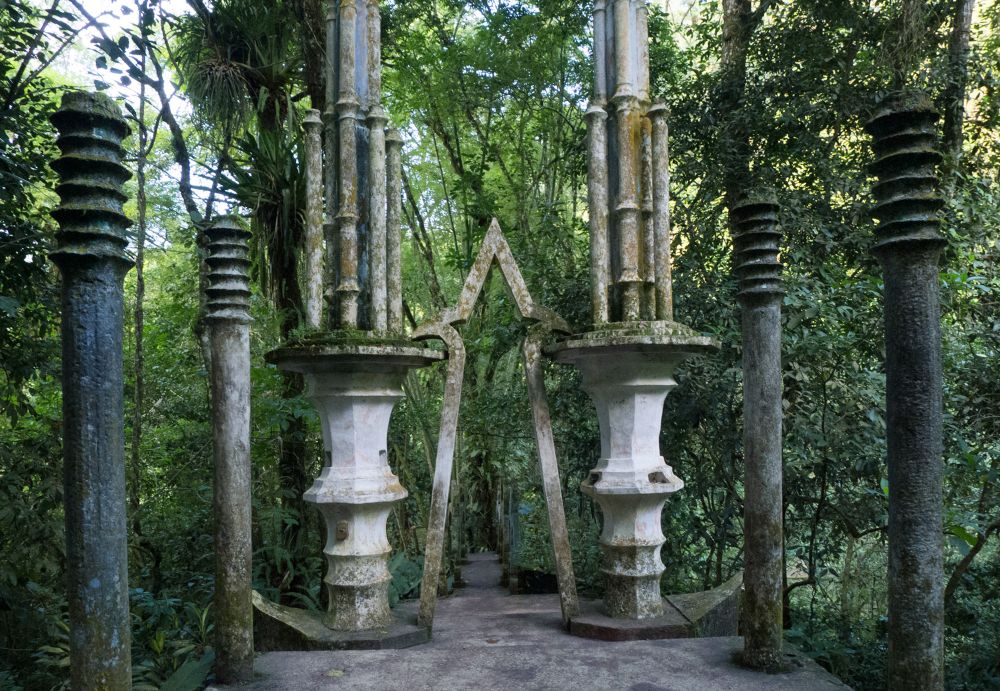
If you had to choose your favorite activity in Las Pozas, what would it be?
Drinking my morning coffee while walking through the gardens when it was almost empty, and taking night baths with the group in Las Pozas, unforgettable memories.
What was your first impression of Las Pozas?
The first impression and sensation was one of scale. We’ve all seen the photos of El Castillo, but that doesn’t give you an accurate idea of the size of the park and how the sculptures are situated. The presence and sounds of the water from the streams and waterfalls are also incredible.
If the city had a filter, what filter would it be?
#NoFilter, without a doubt.
When you travel to Las Pozas, you can’t miss___.
The house of Plutarco Gastélum Esquer, which works as a bed and breakfast managed by his children with incredible views of Xilitla. He was the one who interpreted and built the vision of Edward James. At his home/hotel/museum you can see many of the molds/forms that were used to build the complex shapes of the park’s sculptures.
Something everyone should know before visiting?
The route that takes you to Las Pozas is very beautiful, crossing through the desert and going up a very winding route, which reaches 600 meters, to finally arrive at the Huasteca Potosina.
What is the most unique thing about Las Pozas, something you haven’t seen elsewhere?
The static feeling of time that comes from walking through the gardens. The emotional factor of seeing these ruins in dialogue and almost completely overtaken by nature is very, very impressive.
What is beauty to you?
The attention to detail, both when creating and when enjoying while being present.
Do you find it easier to photograph someone you know or a stranger?
A stranger, no doubt. It parts from a research point, and often, with limited time you can discover and understand a lot about a subject.
